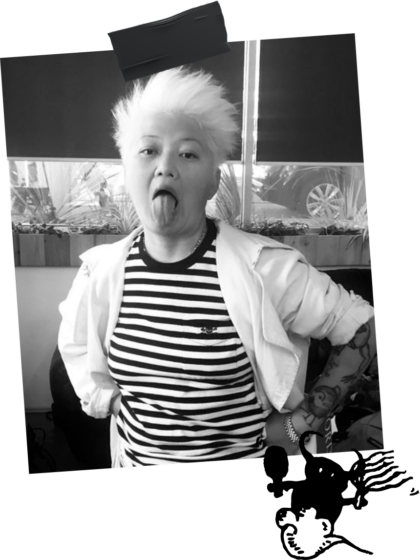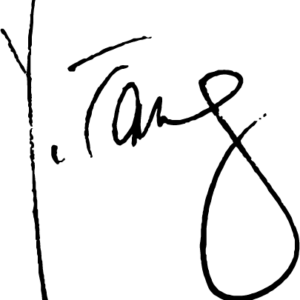YVETTE TANG
Born in Hong Kong in the ’60s, Yvette Tang spent her child- hood living in an imaginary bubble. She didn’t fit with the other kids and spent most of her time alone, observing nature or dreaming of friendly monsters.
When she was 18, her parents to sent her away to Michigan, to study accounting. Instead of that, she enjoyed her newly acquired freedom, surrounded by people from different cultures, this freedom will leave a permanent mark in her art.
Later in the ’90s, she moved with her parents to Vancouver. She had an eclectic range of jobs in numerous fields until her mother’s cancer revived the urge to create for her. She applied to Emily Carr University of Art and Design, was accepted, and started her academic art studies. Being surrounded by inspirational and open-minded people, Yvette finally found a place where she belonged. Moreover, she also shaped her visual language by attending workshops in New York Film Academy and Normal Academy.
She discovered Yayoi Kusama, one of her major influences, who shares Yvette’s same obsessive approach to art, Wim Delvoye and the Chapman Brothers for their provocative artworks, and Max Ernst, for his playful and surreal vision of life. Inspired by these artists, Yvette constructed her own language, starting from drawing and painting until eventually switching to photography to tell her stories.
Her work is about a parallel reality. Some aspects of this are purely fictional and represent what’s happening in her head, and some are inspired by real life and what she sees and experiences. She is the fetish master of this fantasy world, inhabited by organic monsters and strong characters. This place could be kinky, weird and playful, but also political when she decides to reverse the power balance, transforming prey into predators.


